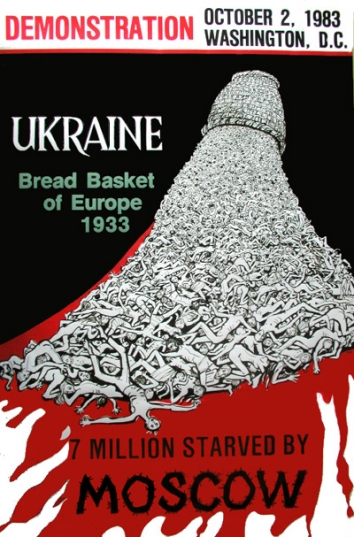Featured Galleries USUBC COLLECTION OF OVER 160 UKRAINE HISTORIC NEWS PHOTOGRAPHS 1918-1997
 Holodomor Posters
Holodomor Posters

Oil and Gas M&A in 2011– volume up, values down. A hotbed of activity, annual transaction survey shows
 Asters, Kyiv, Ukraine, 1 February, 2012
Asters, Kyiv, Ukraine, 1 February, 2012
31 January 2012. 1322 oil and gas transactions were announced in 2011, an increase of more than 5% when compared to 2010 proving that this remains one of the most resilient global sectors for mergers and acquisitions.
The aggregate value of oil and gas transactions in the year totaled US$317b. The 2011 deal value was about 7% below last year’s US$341b, largely as a result of a lack of mega deals. In 2010, there were 76 oil and gas transactions valued in excess of US$1bn; in 2011 this figure had declined to 71.
Andy Brogan, Global Leader Oil & Gas Transaction Advisory Services at Ernst & Young, commented: “The oil and gas market has proved that it can adapt to higher levels of uncertainty and keep transacting. The key questions now are how it will cope with the combination of commodity price volatility and structural contraction in global debt capacity.”
The upstream segment remained the most active, representing 72% of total deal volumes. North America, accounting for 562 deals or 43%, remained the most active market, although the strongest growing regions were Europe and the CIS, reflecting resurging interest in these regions.
With $66b targeted on shale related transactions, unconventional is rapidly emerging as the new conventional. Although most of the deal activity has been in North America, China is the largest shale gas resource holder in the world, with 19% of global resources. If the potential in this asset base can be unlocked, this could transform the oil and gas landscape in years to come.
Activity in the downstream segment declined modestly during 2011, although overall values were comparable to 2010 levels. Ownership change in refining and retail in mature markets continued stemming from ongoing portfolio rebalance and capital allocation reviews amongst the majors. “Downstream activity will continue but may be more concentrated in storage and midstream rather than refining.” comments Brogan.
Oilfield services companies, like their customer base, are globalizing and consolidating. Many of the larger players are well-capitalized and opportunistic, and financial players also remain active. As a result, the segment saw an increase in deal activity in 2011 and there is a positive outlook for 2012 underpinned by those seeking new geographies, new customers or new technologies.
Brogan concludes: “We anticipate that transaction activity will continue into 2012 but will be affected by wider economic volatility. As ever, high quality upstream assets will attract buyers and good midstream assets will too. Downstream, the components of the sector most heavily exposed to the global economy’s problem areas, will find transactions harder to finance and therefore to close. Winners will need to manage risk, volatility and capital across a global political landscape. “
About Ernst & Young
Ernst & Young is a global leader in assurance, tax, transaction and advisory services. Worldwide, our 152,000 people are united by our shared values and an unwavering commitment to quality. We make a difference by helping our people, our clients and our wider communities achieve their potential.
Ernst & Young expands its services and resources in accordance with clients’ needs throughout the CIS. 4,000 professionals work at 18 offices in Moscow, St. Petersburg, Novosibirsk, Yekaterinburg, Kazan, Krasnodar, Togliatti, Yuzhno-Sakhalinsk, Almaty, Astana, Atyrau, Baku, Kyiv, Donetsk, Tashkent, Tbilisi, Yerevan, and Minsk.
For more information, please visit: www.ey.com.











